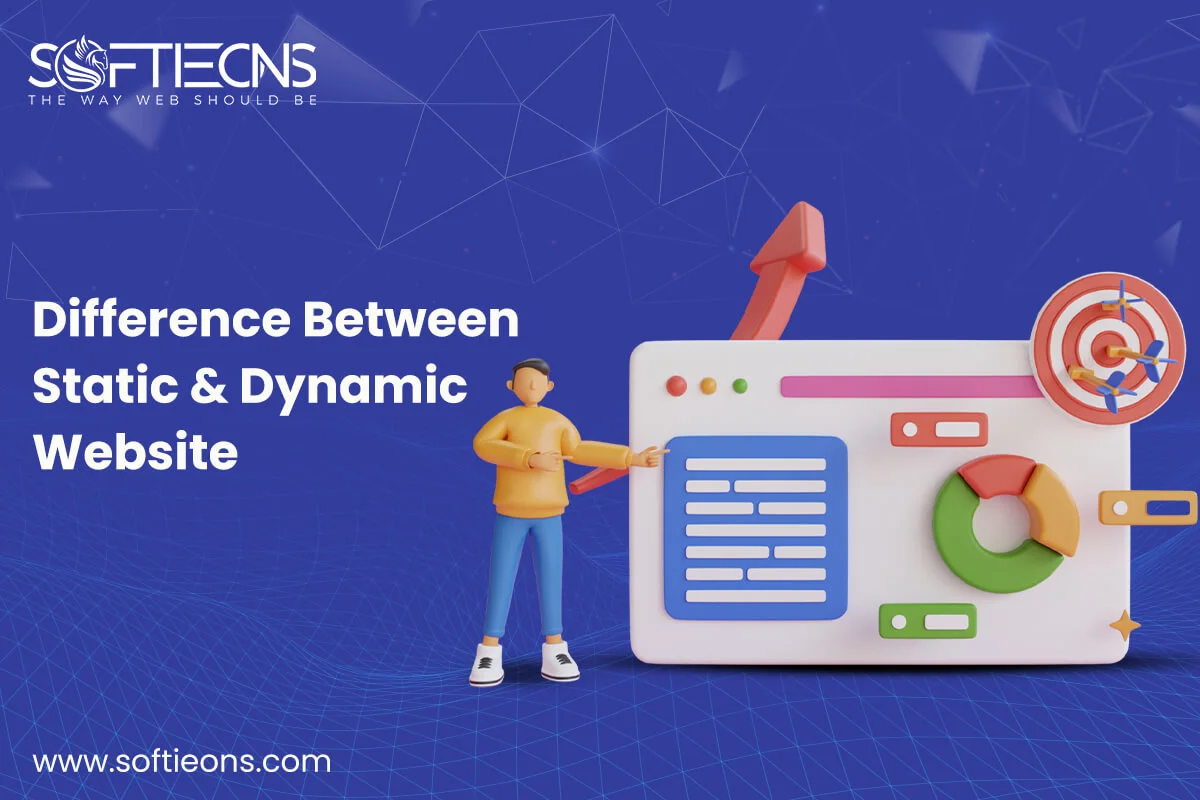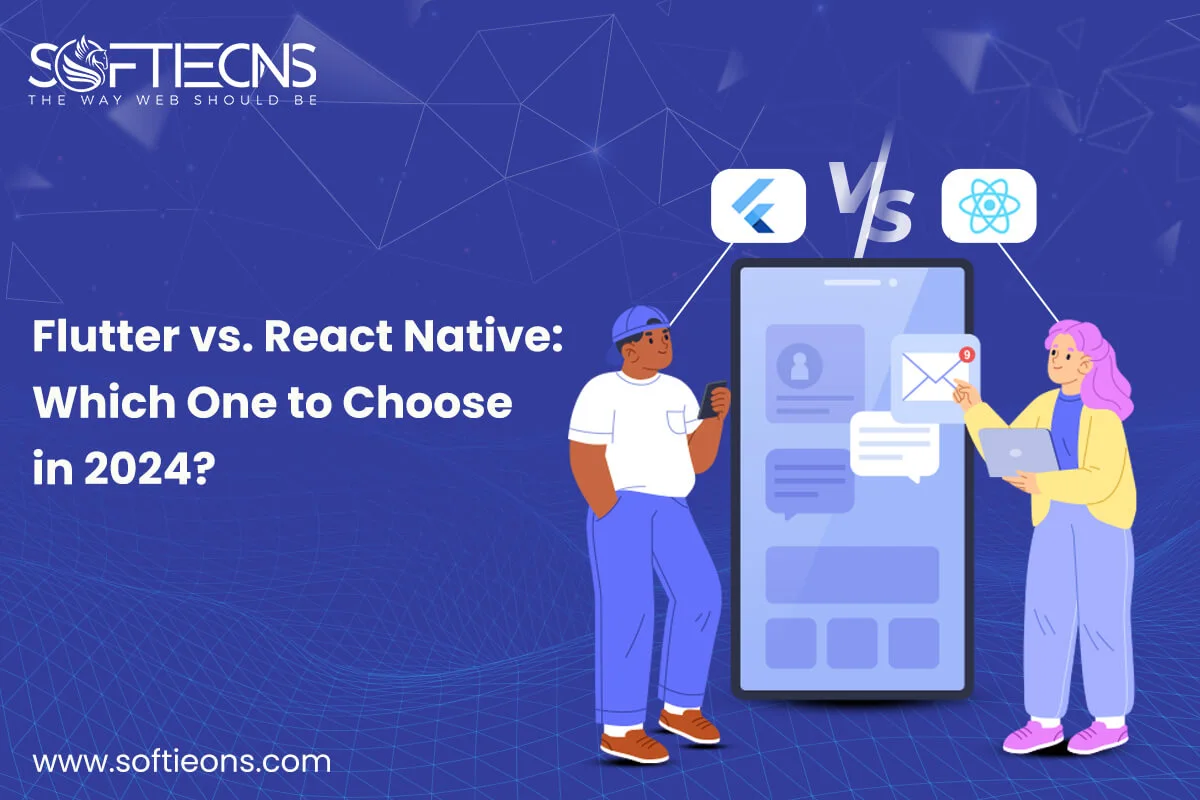MongoDB vs. MySQL: Which Database you should choose for your business?
Sat, 10 Apr 2021
For many companies that are strictly looking for a relational database, MySQL has always been a go-to option. With the increasing variety and massive volumes of data, however, non-relational databases such as MongoDB have emerged as a solution to the need for fluid data for many enterprises. The advent of the new non-relational database gave rise to the MongoDB-MySQL competition.
That competition makes choosing between the two difficult for entrepreneurs. We’ll tell you when to make use of MongoDB or MySQL here.
What is MySQL?
MySQL is an open-source relational database management system currently owned by corporation Oracle. MySQL is a veteran since 1995, as it has been in the IT scene.
Like other DBMSs, MySQL uses SQL to get access to the database, as well as store data in tables. The user can predefine the database scheme in MySQL based on the requirements for establishing rules that can govern the relationship between all the relevant fields in the tables.
The migration procedure is essential to make any changes to the schema that could significantly harm the application performance. In addition, it can push the database into the offline mode.
There are so many big names that use MySQL like Twitter, Pinterest, US Navy, Walmart, NASA, YouTube, Netflix, Spotify, and Paypal.
What is MongoDB?
The document data model of MongoDB maps the objects in the application mode, naturally. Developers find MongoDB easier to master and utilize because of this. By representing the hierarchical associations the users can also store arrays without any hassles.
In general, the MongoDB query language is used to store related data for access queries. In this, the fields are different for each document, and you will not need to declare the structure of the document to the systems.
MongoDB is used by many successful organizations like T-Mobile, Klout, SurveyMonkey, Citrix, Sony, Foursquare, Twitter, Zendesk, MuleSoft, InVision, and Hootsuite.
MongoDB vs. MySQL:
Database Structure
In MySQL, the data value is stored in the tables by the structure of the MySQL database where SQL is used to access it. Schema is used to define structure in the database. The schema’s prime requirement is that the rows within the table have the same structure. It also requires the representation of its values through specific data types.
The data is stored in JSON-like documents in the MongoDB database which come in varied structures. It stores the related data sets together to boost the query velocity. Then, these sets are accessed using the query language of MongoDB.
Index Optimization
The MySQL and MongoDB databases both use indexes for data search tasks. The difference comes in approach, though, when an index is not defined or found. In the case of MySQL index optimization, when the index is not defined, the database engines scan the entire table to find relevant rows.
In MongoDB, if the index is not found then every single document in the collection is scanned in order to select the document that offers a match for the query statement.
Database Deployment
MongoDB Databases are written in C, C++, and JavaScript. It has the Solaris, OS X, Windows, and Linux binaries.
MySQL is written in the language C and C++ and contains Windows, AIX, FreeBSD, HP-US, NetBSD, OS X, Linux, BSDi, IRIX, etc.
Replication
MySQL databases support master-slave replication as well as master-master replication. You can replicate multiple masters in parallel with this multi-source Replication.
MongoDB supports auto-elections, replication built-in, and sharding. Developers can use auto-elections to set up a secondary database, which will automatically overtake the primary database failure. Whereas sharding allows horizontal scaling that is deemed hard to implement with MySQL.
POPULAR POSTS
Shopify vs. WordPress: Which one is best for e-commerce?
Wed, 07 Apr 2021Role of IoT in the Real Estate Industry
Wed, 14 Apr 2021Why UX And UI Is Important For Mobile Application Development
Sat, 01 May 2021Telemedicine's Advantages in Nursing Homes
Fri, 24 Dec 2021RECENT POSTS
Difference Between Static Website And Dynamic Website
Wed, 24 Apr 2024Flutter vs. React Native: Which One to Choose in 2024?
Mon, 22 Apr 2024Exploring the Benefits of Professional Website Design Companies
Fri, 29 Mar 2024Understanding The Role Of Web Design Firms
Fri, 22 Mar 2024









